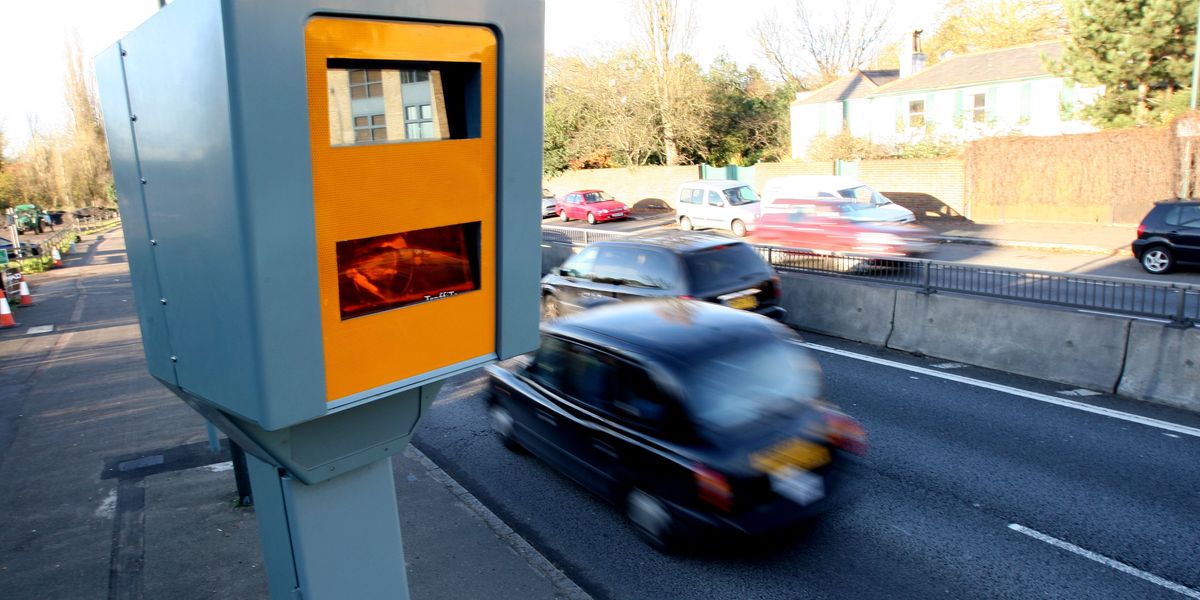Scientists have managed to repeatedly produce nuclear fusion ignition for the first time, marking a major milestone towards achieving near-limitless clean energy at scale.
A team at the Lawrence Livermore National Laboratory (LLNL) in the US achieved fusion ignition last December, producing a net energy gain from a fusion reaction for the first ever time.
The feat was hailed as a “moment of history” by physicists, which LLNL scientists have now repeated a further three times.
The lab used the National Ignition Facility (NIF) to fire 192 laser beams at a frozen pellet of isotopes held within a diamond capsule suspended in a gold cylinder.
The resulting reaction replicated the same natural processes found within the Sun and resulted in a record energy increase of 89 per cent. This was only enough energy to boil a kettle, however scaling up this proof-of-concept could herald a “new era” of energy, according to the scientific journal Nature.
“I’m feeling pretty good,” Richard Town, a physicist who heads LLNL’s inertial-confinement fusion science programme, told the journal. “I think we should all be proud of the achievement.”
Nuclear fusion was on the agenda at the United Nations Climate Change Conference (COP28) earlier this month, with governments agreeing to speed up efforts to develop the technology.
“We are edging ever-closer to a fusion-powered reality. And at the same time, yes, significant scientific and engineering challenges exist,” US Climate Envoy John Kerry said at the summit in Dubai.
“Careful thought and thoughtful policy is going to be critical to navigate this.”
China, Japan, Russia and the European Union are also investing heavily in nuclear fusion research, with more than $6 billion invested to date, according to the Fusion Industry Association.
Among the companies investing in the technology is US tech giant Microsoft, who announced the world’s first purchase agreement earlier this year.
No other laboratory has replicated LLNL’s successful experiment, though a joint project between the EU and Japan officially opened a six-storey nuclear fusion reactor earlier this month.
The JT-60SA reactor in Japan’s Ibaraki Prefecture will attempt to produce fusion ignition over the coming months, while an even bigger reactor is currently under construction in France.




